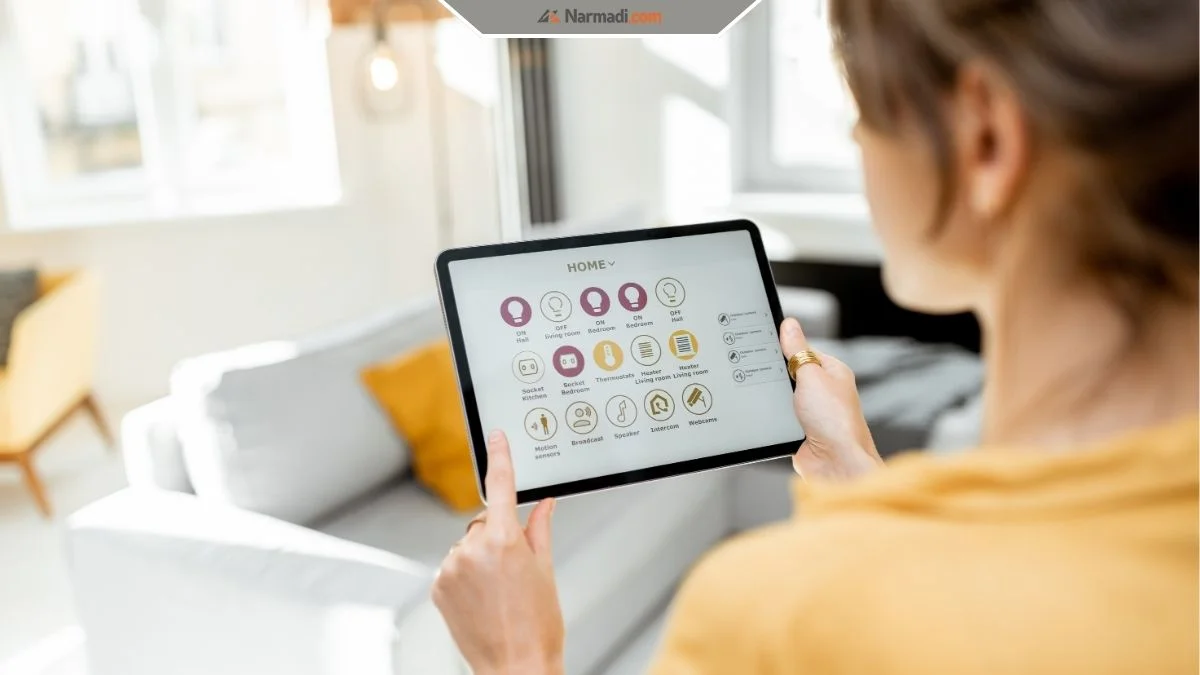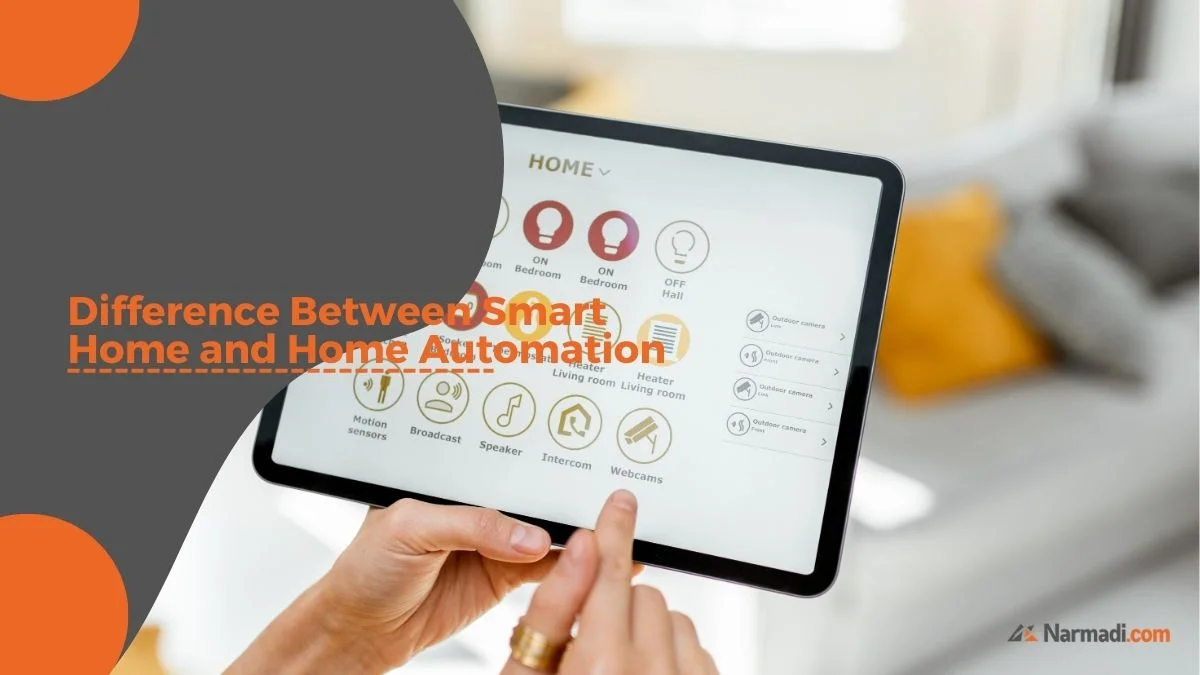The difference between smart home and home automation is somewhat overlooked as many people used those terms interchangeably.
And to be honest, while it might seem like nit-picking, there are some important differences between those two.
The concept of those two is, to put it simply, the same, which is to enhance the living experience through various devices and technologies.
Also Read
Just imagine walking to your front door and the lights turning on automatically, or the AC or heater are automatically adjusted according to the condition inside your home.
With that being said, both the smart home and home automation, they offer distinct functionalities and benefits.
So, enough with the chit-chat, here’s the difference between smart home and home automation that we’ve carefully prepared just for you!
Table of Contents
Difference Between Smart Home and Home Automation

1. Smart Home
Smart home usually refers to a residence that is equipped with various devices that can be controlled remotely or through a central system.
Those devices often connect to the internet connection such as WiFi, making them a part of something called Internet of Things or IoT.
With that being said, with a smart home you can easily interact with those devices simply via your smartphone, voice assistants, or interfaces like tablets.
There are few key characteristics of a smart home that you might not know, including:
- Remote Control: The key and primary features of a smart home is the ability to control elements like heating, lighting or security systems remotely via, for instance, and apps. This allows you to adjust your home environment from basically anywhere in the world which of course provides great convenience.
- Connectivity: The device’s connectivity in smart homes is provided mainly by an Internet through Wi-Fi and can be monitored and/or controlled from anywhere. This connectivity allows you to stay informed about your home’s status and adjust it as needed.
- Convenience and Efficiency: Smart homes improve your convenience by allowing you to manage your home environment easily. But aside from that, this convenience often leads to improved energy efficiency. For example, if you use a smart thermostat in your home, it can learn your schedule and adjust itself for heating and cooling accordingly to save energy and cost.
- Modular: One of the characteristics and can also be advantages of smart homes is their modular nature. Which means, you can casually add smart devices to your heart’s content gradually. You can start with one or two devices like smart thermostats, or smart locks and expand it as needed. This characteristic allows you to fully customize and upgrade your home technology as needed.
2. Home Automation
The concept of home automation is pretty much similar to the concept of a smart home. However, home automation would turn it up a little bit by adding significant levels of automation.
In a smart home, you would expect the ease and convenience of controlling several devices just via your smartphone, tablets or voice assistant anywhere in the world as long as you’re and your devices are connected to the internet.
The home automation on the other hand, would focus on creating systems that operate independently based on the rules and scenarios that you created.
Here are some of its key features and characteristics!
- Automation: The appliances or devices in home automation can perform tasks automatically based on certain triggers or schedules. For instance, you can set automatic blinds to open or close at sunrise or sunset, or you would expect an automatic light to turn on when someone enters a room. This level of automation reduces the need for manual control thus enhance living experience
- Integration: Multiple systems and devices in an automated home can be integrated to work seamlessly together through a centralized control system. For example, your home could automatically adjust lighting, heating and entertainment settings for different times of the day.
- Customisation: You can create highly personalized customization based on your own personal preferences. For example, you can set a “movie night” scene that dims the lights, lowers the blinds, and turns on the home theater system with a single command.
- Proactivity: An automated home system can learn from your habits and make adjustments to its settings accordingly.
Well, there you have it! The difference between smart home and home automation in a nutshell that we’ve summarized just for you!












